Cannabis Strain Selector for Anxiety Relief
Find Your Ideal Strain
Matched Strains
When looking for relief from anxiety and depression, Cannabis strains are often mentioned as a natural option. While they’re not a cure‑all, the right strain can calm racing thoughts, lift mood, and make daily life feel a little easier.
Why Strains Matter: CBD, THC, and the Entourage Effect
Two cannabinoids dominate the conversation: CBD (cannabidiol) and THC (tetrahydrocannabinol). CBD is non‑psychoactive and has a reputation for reducing anxiety, while THC can boost mood but may also trigger jitters in high doses. The magic happens when they work together, along with terpenes like limonene and myrcene, creating what researchers call the entourage effect. This synergy means a single strain’s profile can be more soothing than isolated compounds.
How to Choose the Right Strain for Anxiety and Depression
- CBD‑to‑THC ratio: Look for a higher CBD percentage (1:1 or 2:1) if anxiety is a primary concern.
- Terpene profile: Limonene and linalool are linked to mood elevation and relaxation.
- Indica vs. Sativa vs. Hybrid: Indicas tend to be more body‑focused and calming; Sativas are uplifting and energetic; hybrids blend both traits.
- Personal tolerance: Start low, especially with THC‑rich strains, and gauge how your body responds.
Top 5 Strains for Combating Anxiety and Depression
Below are five strains that consistently rank high for mental‑health support. Their data comes from lab‑tested cannabinoid profiles, user reports on platforms like Leafly, and emerging clinical observations.
| Strain | Type | CBD % | THC % | Key Terpenes | Typical Effects |
|---|---|---|---|---|---|
| Harlequin | Hybrid (60% Sativa) | 8‑15 | 4‑7 | Limonene, Myrcene | Clear-headed calm, mild uplift |
| Cannatonic | Hybrid (75% Indica) | 12‑17 | 6‑10 | Myrcene, Caryophyllene | Relaxed focus, anxiety reduction |
| Jack Herer | Sativa | 0‑1 | 18‑22 | Pinene, Caryophyllene | Energizing, mood‑boosting |
| Girl Scout Cookies | Hybrid (60% Indica) | 0‑1 | 17‑25 | Limonene, Linalool | Happy, relaxed, gentle euphoria |
| Purple Kush | Indica | 0‑1 | 17‑22 | Myrcene, Pinene | Deep body calm, sleep aid |
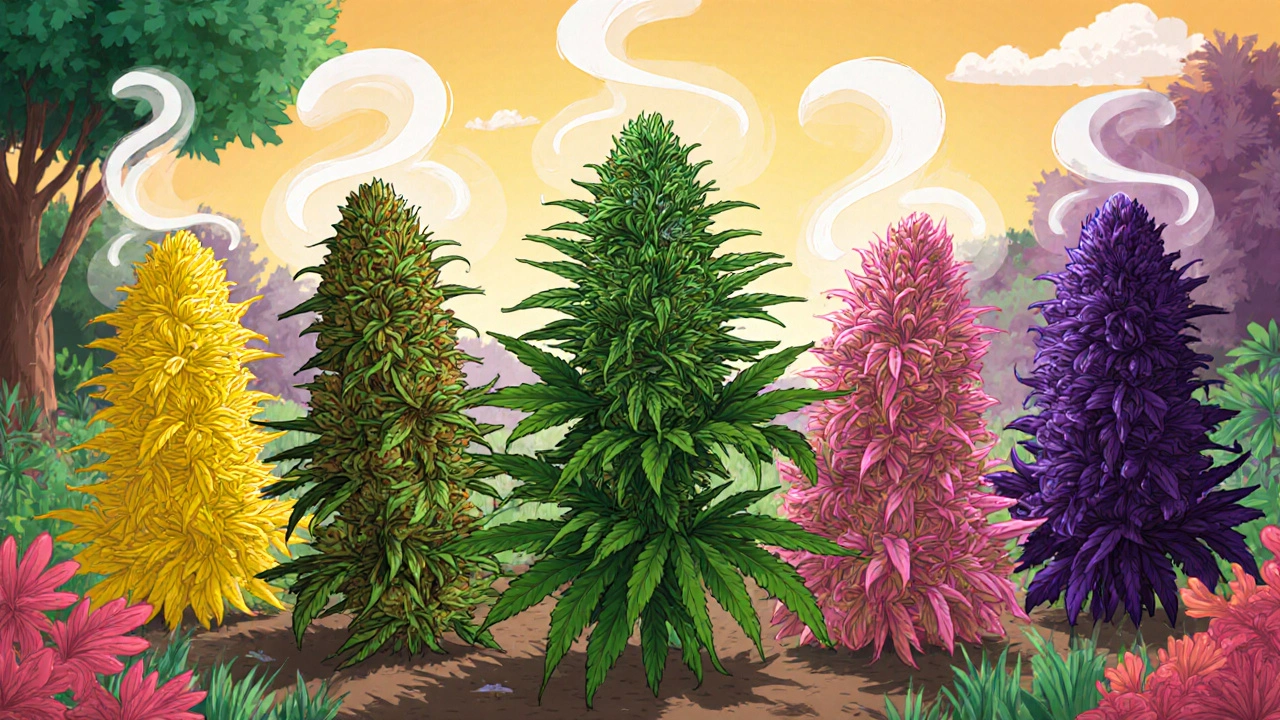
Deep Dive Into Each Strain
Harlequin
Harlequin is a hybrid praised for its consistent 1:1 CBD‑to‑THC balance. The limonene boost gives a citrus aroma that many say lifts spirits without the “high” feeling. Users with social anxiety often report feeling more at ease in public settings.
Cannatonic
This strain leans toward the calming side thanks to its higher CBD content and earthy myrcene notes. It’s a favorite among patients dealing with both anxiety and low mood, because it delivers focus without jitteriness.
Jack Herer
Jack Herer is a classic sativa that’s high in THC but low in CBD, making it ideal when you need a mental boost. Its pinene‑rich scent can improve alertness, which helps combat the brain‑fog that often comes with depression.
Girl Scout Cookies
GSC blends sweet, earthy flavors with a balanced hybrid profile. Although THC‑heavy, the presence of linalool (a lavender‑like terpene) tempers anxiety, delivering a happy, relaxed buzz that many use for mood elevation.
Purple Kush
When nighttime anxiety keeps you up, Purple Kush’s deep indica body high can be a game‑changer. Its high THC and soothing myrcene help muscle tension melt away, often leading to a restful night’s sleep.
How to Use These Strains Safely
- Start low, go slow: Begin with 2‑3 mg of THC (or a half‑gram of flower) and watch how you feel after 30 minutes.
- Choose the right method: Vaporizing preserves terpenes, while edibles provide longer‑lasting effects but take 60‑90 minutes to kick in.
- Mind the setting: Use a comfortable, familiar environment for the first few sessions to reduce anxiety triggers.
- Track your response: Keep a simple journal noting strain, dose, time of day, and mood changes. Patterns emerge quickly.
- Stay hydrated and eat: Light snacks and water keep blood sugar steady, which can prevent low‑energy crashes.
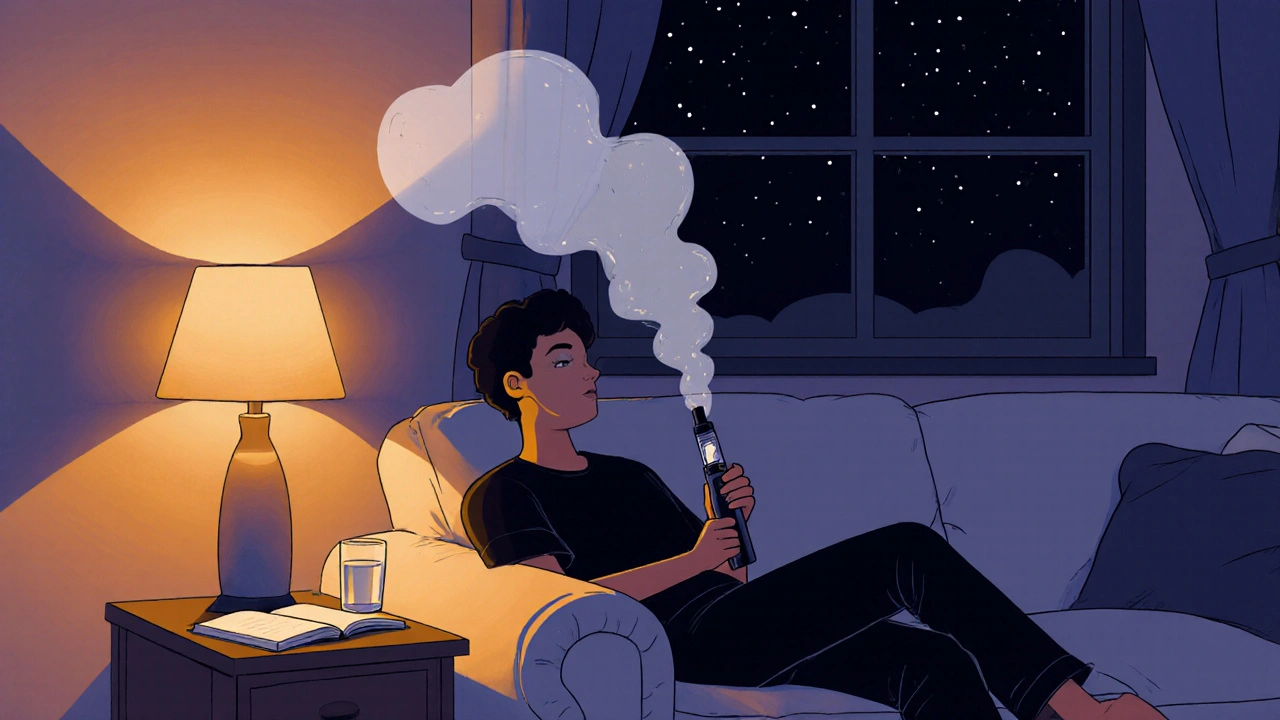
Potential Side Effects and When to Pause
Even the most calming strains can cause:
- Dry mouth or eyes
- Temporary dizziness, especially if you’re new to THC
- Paranoia at high THC levels - reduce the dose or switch to a higher‑CBD option
- Interaction with psychiatric meds (like SSRIs). Talk to a healthcare professional if you’re on prescription drugs.
If you notice persistent worsening of mood or panic attacks, discontinue use and seek medical advice. The goal is to complement, not replace, professional mental‑health care.
Quick Checklist: Choosing the Right Strain
- Prefer a CBD‑rich hybrid (Harlequin, Cannatonic) for primary anxiety.
- Pick a sativa‑dominant strain (Jack Herer) when you need energy and mood lift.
- Choose an indica or indica‑heavy hybrid (Girl Scout Cookies, Purple Kush) for nighttime relaxation.
- Check lab reports for accurate CBD/THC percentages.
- Start with low doses, note effects, and adjust gradually.
Frequently Asked Questions
Can cannabis replace antidepressants?
Most experts agree that cannabis can be an adjunct-not a full replacement-for prescribed antidepressants. It may ease certain symptoms, but stopping medication without a doctor’s guidance can cause relapse.
What’s the safest way to try a new strain?
Start with a low‑THC, high‑CBD option, use a vaporizer at a low temperature, and keep the session short (10‑15 minutes). Note how you feel before deciding to take more.
Do edibles work better for depression?
Edibles provide a slower, longer‑lasting effect, which can smooth mood swings over several hours. However, the delayed onset can lead to accidental overconsumption, so start with 2‑5 mg THC.
How often can I use these strains?
Most people find 3‑4 times a week sufficient for symptom control. Daily use can lead to tolerance, so consider “drug holidays” to keep effects stable.
Are there legal restrictions in Australia?
Medicinal cannabis is legal with a prescription in most Australian states, including the Northern Territory where Darwin is located. Recreational use remains illegal, so always follow local regulations.
Finding the right strain isn’t a one‑size‑fits‑all task, but the five options above give you a solid starting point. Pair them with mindful dosing, a supportive environment, and professional advice, and you’ll have a practical tool in your mental‑health toolkit.
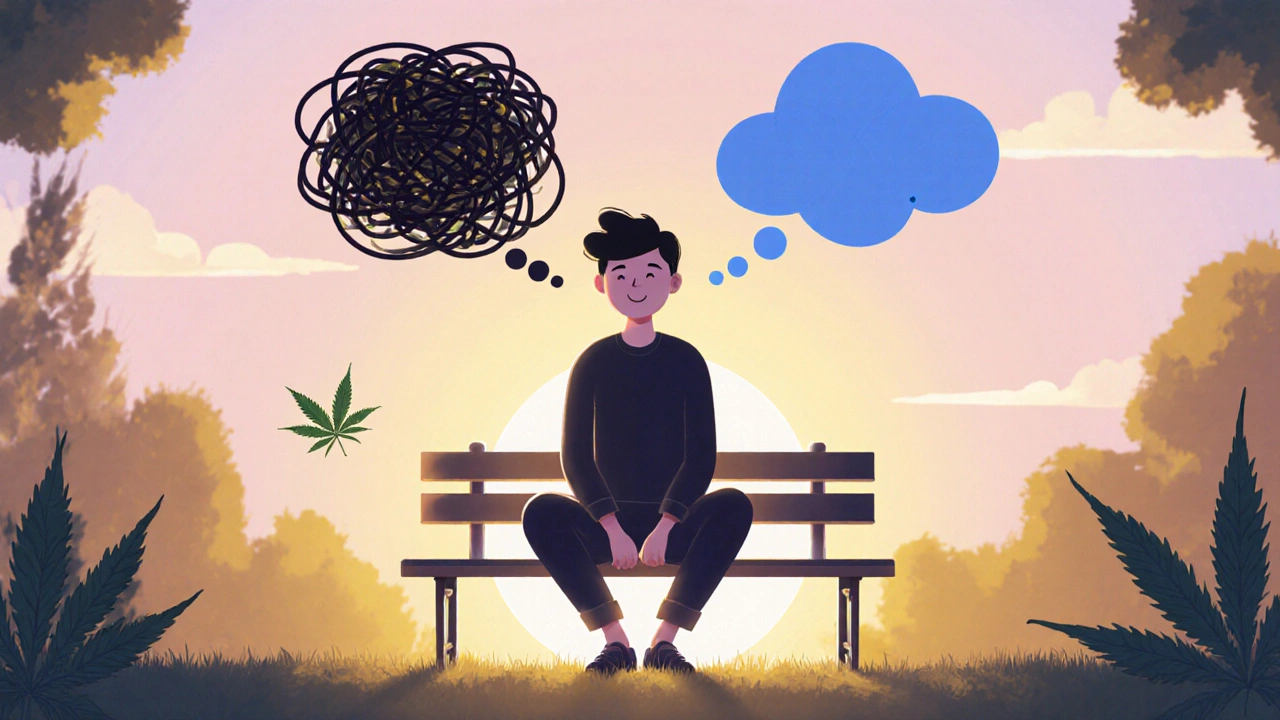
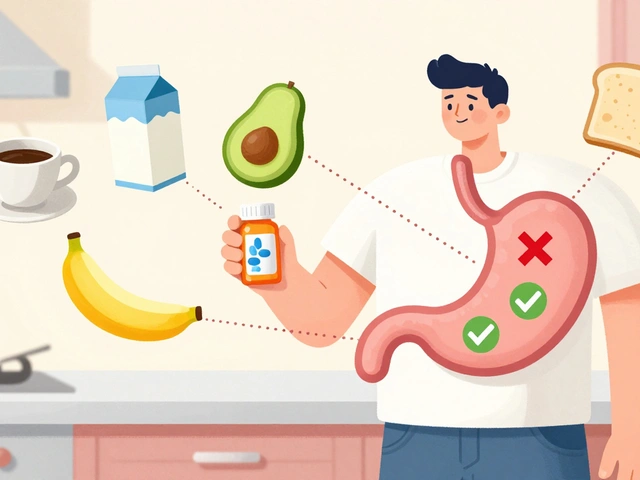
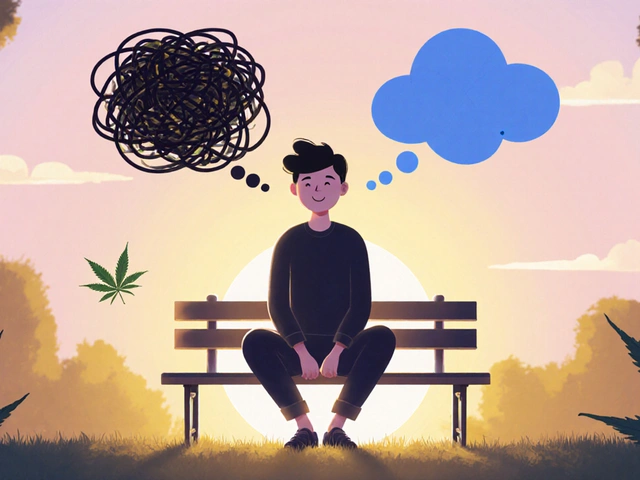
Drew Waggoner
18 October / 2025This whole hype about "relief" just feels like another commercial trap for the vulnerable.